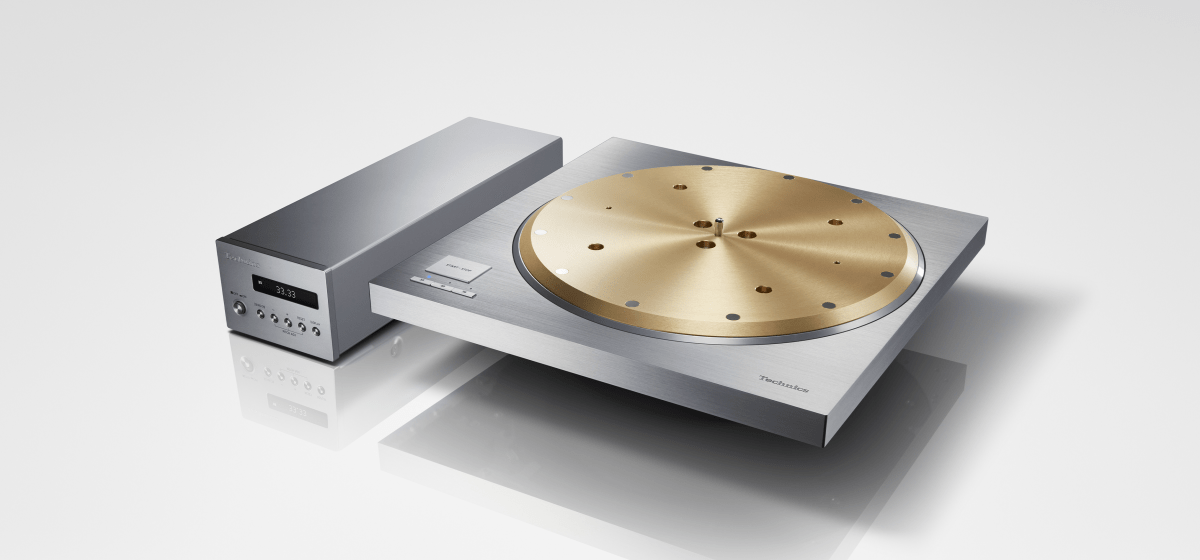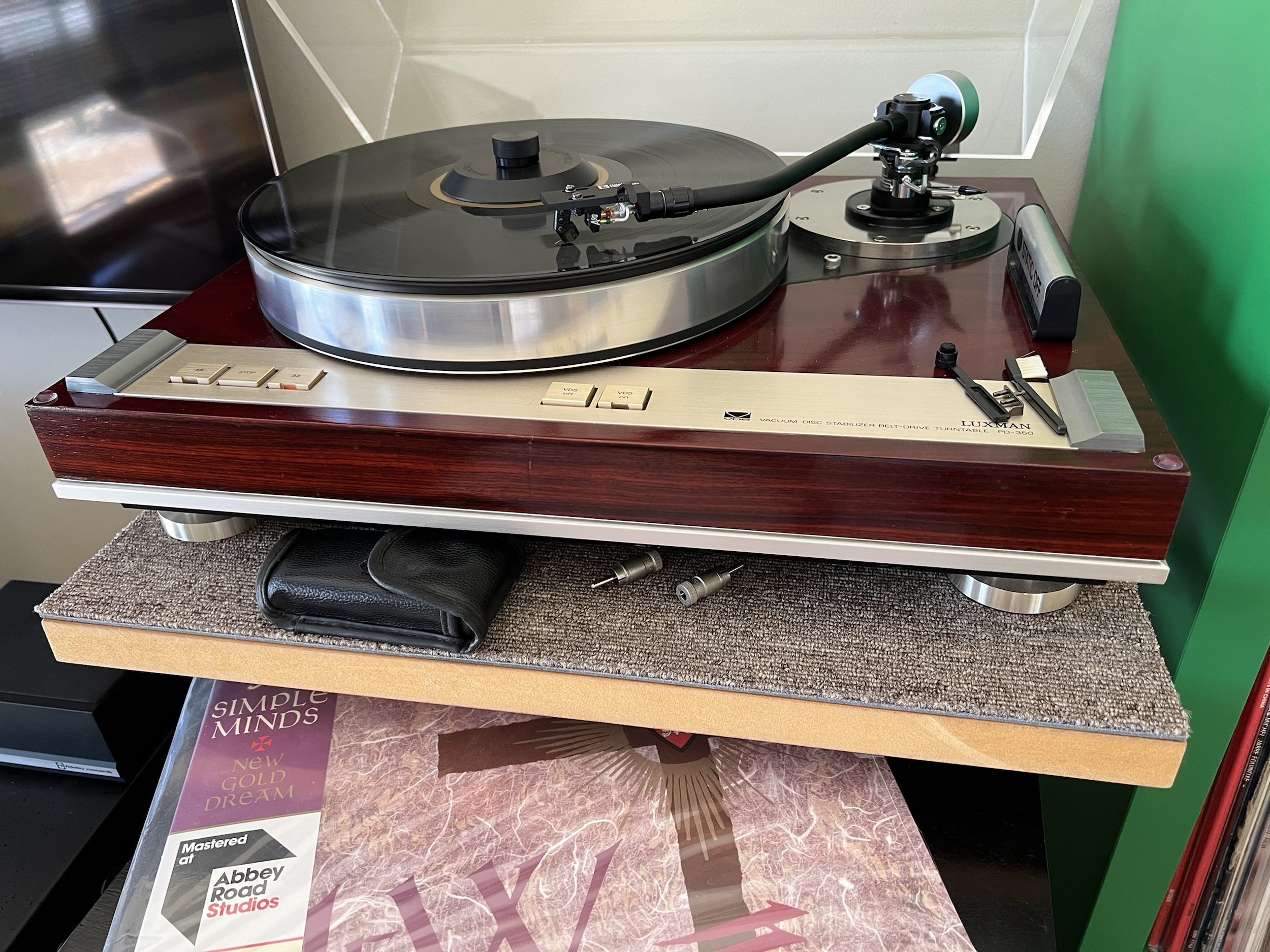There is a long-standing myth amongst an admittedly ever smaller cohort these days that belt-drive is a superior drive methodology for turntables. It isn’t.
There’s a bit to know of course, but the TLDR is that the drive method is only one of many factors determining turntable performance. Direct-drive (DD) has many advantages, as does idler-drive, but DD is also more expensive and if you read no further, that’s the end of the story.
Science (Myths vs Facts)
I have a direct-drive washing machine and it’s a much better machine than the belt-drive washer it replaced, but, like a washing machine, a turntable’s performance is the sum of many parts and systems working together, and there are great examples within each drive type.
The notion the belt drive is inherently superior is perpetuated by certain manufacturers who are so ensconced in propagating this myth that they simply cannot now say anything different. The technically uninformed mainstream media and equipment owners swallow this up like gospel, fuelled by a desire to support these manufacturers who pay for spots in these media. All of this, compounded by a general lack of experience on the part of the hi-fi-consuming mainstream leads to the misinformation you’ll often find regurgitated in forums and elsewhere.
One critically important goal of any good turntable is to spin the platter as close to the perfect speed as possible, with as little variation and vibration as possible. Belt-drive offers no inherent advantages in any of these areas and disadvantages in most cases and implementations. It IS cheaper to implement though and this is, without a doubt, why it’s so widely adopted.
The best performers by these metrics are direct-drive turntables. This is science and the data is measurable. That being said, there are exceptional belt-drive and direct-drive turntables. I’m lucky enough to own an end-game example of each and I can confirm that the drive method is not the most important factor to consider.
Costs
Design and manufacturing costs are the overriding reason why you don’t see many new direct-drive machines these days. It’s cheaper to make decent belt-drive turntables and this is why most affordable decks tend to be belt-driven. This suits small manufacturers who can build a belt-drive turntable using readily available, low-cost motors. It also suits the buying public who generally don’t want to spend $20K USD on a turntable, hence the preponderance of good reviews of cheap belt-drive machines.

Direct-drive machines are much more expensive to design and manufacture, but direct-drive has advantages in terms of torque and speed consistency, so where cost is no object, you’ll generally find direct-drive. The performance advantages of direct-drive systems explain why some of the best and most expensive turntables, tape machines and cutting lathes utilise direct-drive. That being said, there are some killer, high-end belt-drive turntables from the golden era and they shouldn’t be discounted.
The bottom line is that you get what you pay for, always. A good turntable, no matter what drive method, is expensive, like all good things.
Apex Use Cases
As I mentioned, most of your records were recorded, mastered and cut on direct-drive tape machines and cutting lathes. Did you know that? Have you thought about why that is? Ponder it for a moment because it vapourises arguments about which drive type is preferable.
People far smarter than you or I choose what’s best in cost-no-object scenarios like record-cutting lathes. It’s their job to pick the best option. Record-cutting lathes are direct-drive for several very good reasons that apply not only to making records but to playing them, as is hopefully obvious.
Superior methods are always used where performance is critical and cost is no option. This explains why many of the great turntables are direct-drive and why those machines are so highly sought after.
Some folks get upset about this, but most of them haven’t owned or even heard a genuinely high-end machine like an L-07D, SP-10/SL-1000 or GT-2000. My perspective, being only interested in what’s best and having worked on and listened to thousands of turntables over the years is simple: show me an excellent turntable and I’ll enjoy it, belt, idler or direct-drive.
My current working reference is a belt-drive Luxman (Micro Seiki) PD-350 and it’s a phenomenal turntable, as you’d expect of something weighing 30kg and costing as much as a motorcycle when new. My best turntable is my direct-drive Kenwood L-07D though.

The Sum of the Parts
As I’ve mentioned in other FAQs, the performance of a piece of equipment is rarely defined by just one part of it. This is certainly true with turntables where the drive method is rarely the defining factor in turntable performance, but merely an element of it.
One must look at all factors, including drive method, chassis construction, platter and tonearm mass and design when evaluating a turntable. Great turntables come in various flavours, belt-drive and direct-drive. You need to choose which aspects of the design and performance matter most, to you!
Discover more from LiQUiD AUDiO
Subscribe to get the latest posts sent to your email.
